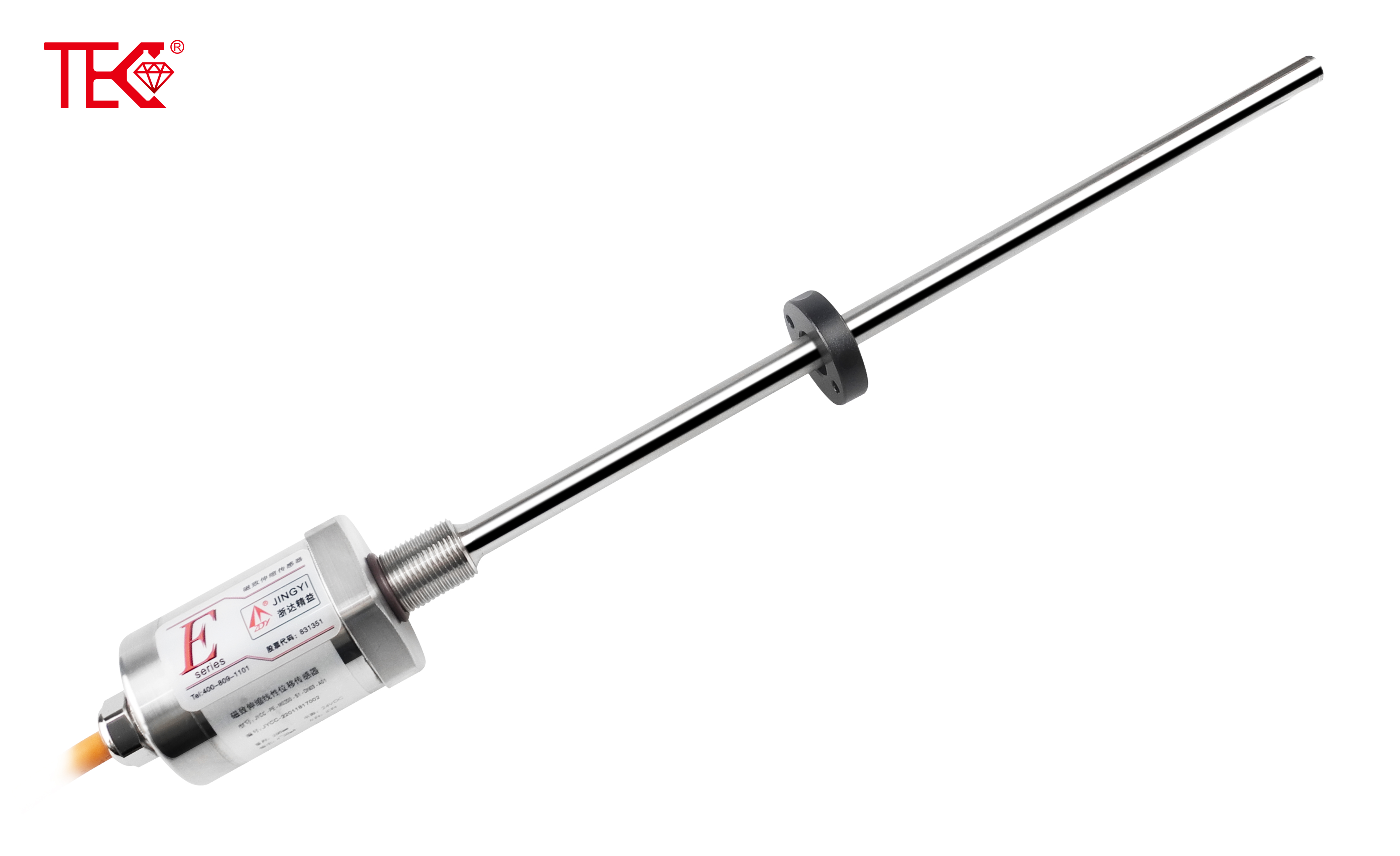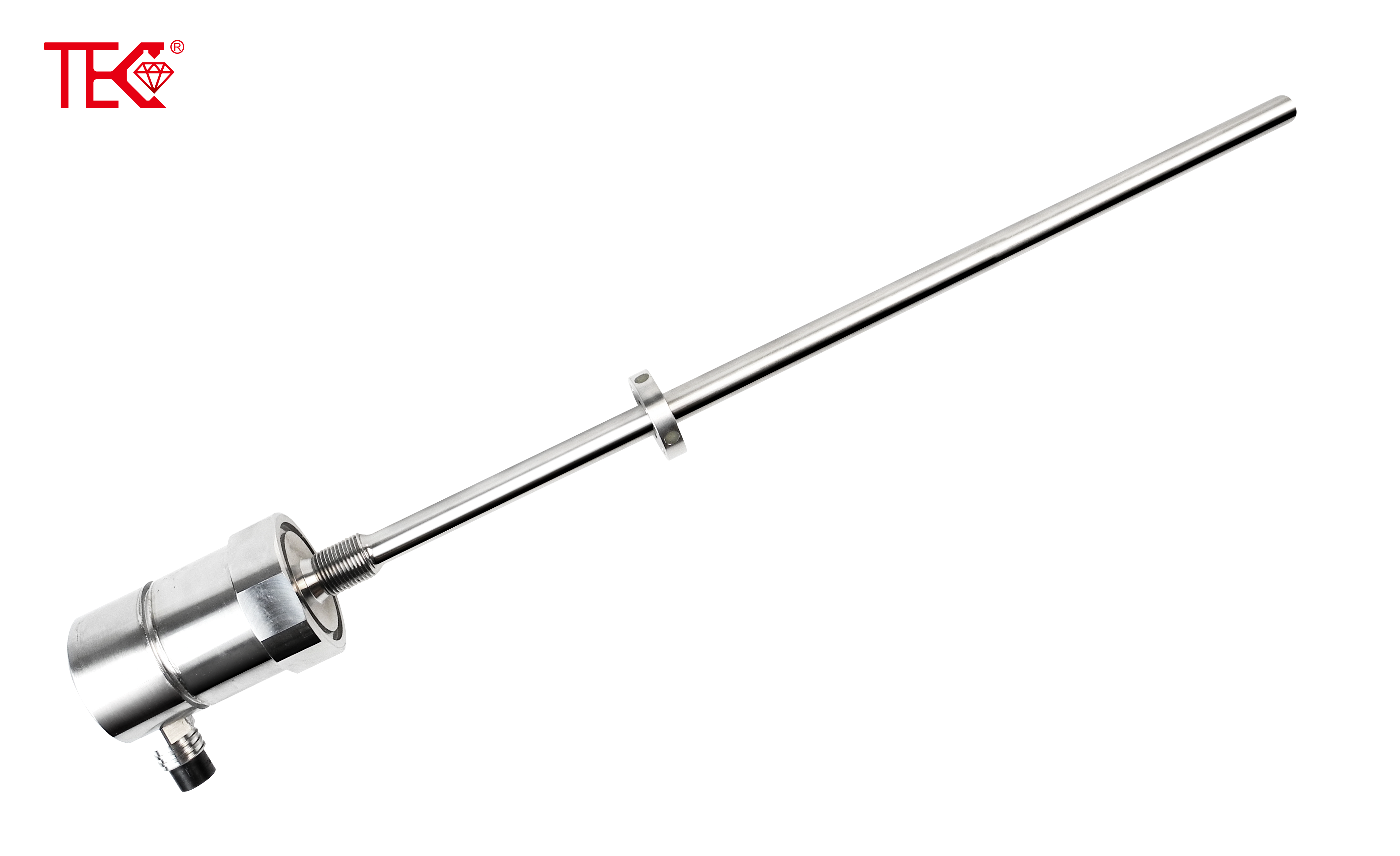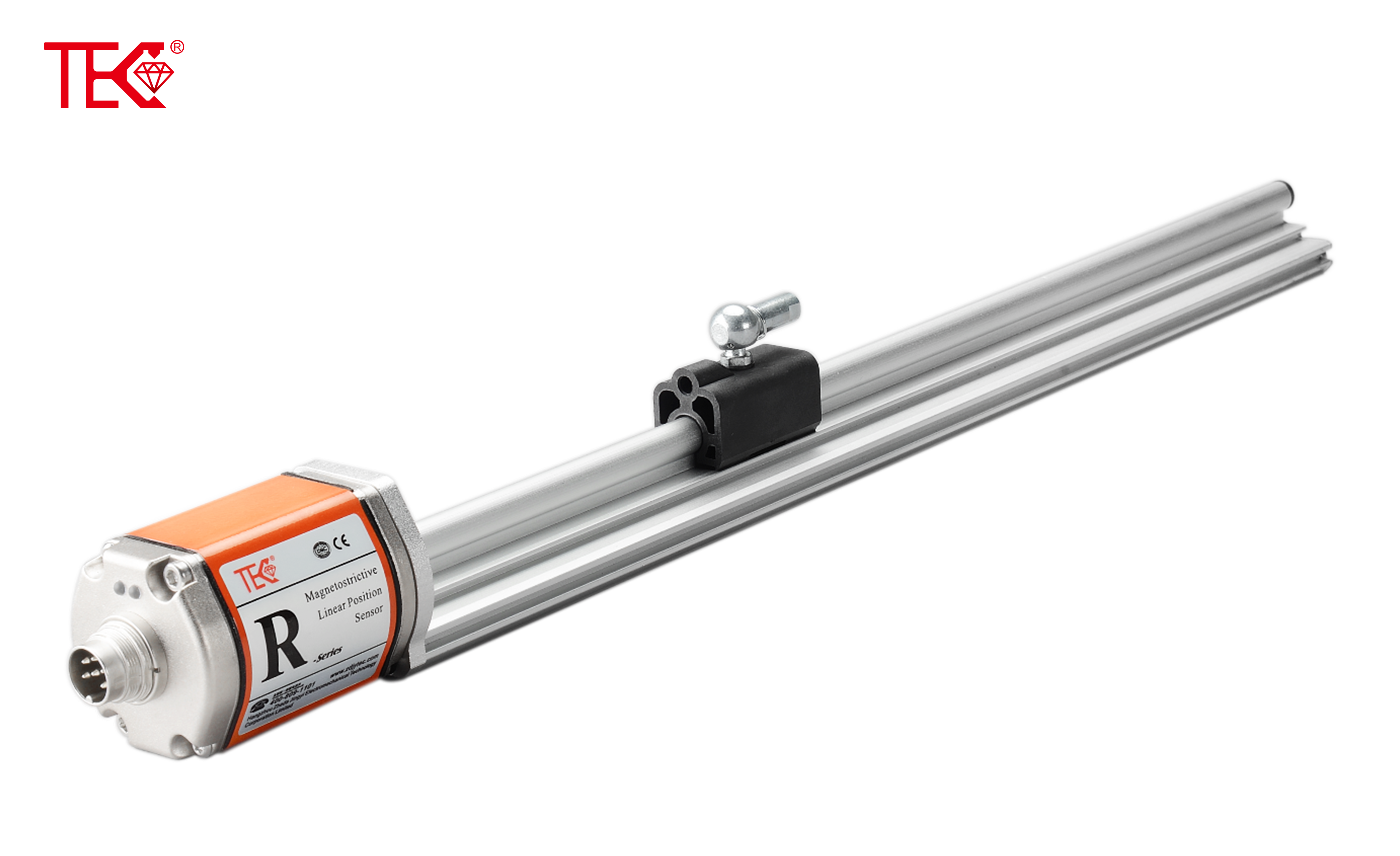How to install the oil cylinder displacement sensor
In the realm of industrial automation and heavy machinery, hydraulic cylinder displacement sensors serve as an integral part of monitoring and control systems. Their precise installation is crucial for ensuring efficient equipment operation and achieving accurate control. This article delves into the installation process of hydraulic cylinder displacement sensors, providing a comprehensive and high-quality original guide for readers.
I. Preliminary Preparation: Understanding Sensor and Cylinder Specifications
Before installing a hydraulic cylinder displacement sensor, it is essential to thoroughly understand the model, specifications, and performance parameters of the sensor, including its measurement range, accuracy class, and output signal type. Additionally, a clear understanding of the target hydraulic cylinder's structure, dimensions, and operating environment is necessary. This information will guide the selection of an appropriate installation location, method, and necessary auxiliary tools.
II. Selecting the Installation Location
- Ensure Safety: First and foremost, the installation location should be free from high temperatures, high pressures, strong magnetic fields, or other environmental factors that could potentially damage the sensor.
- Ease of Maintenance: Choose a location that is easily accessible for future maintenance and calibration checks.
- Accurate Measurement: Ensure that the sensor can accurately measure the displacement changes of the hydraulic cylinder. Typically, this involves mounting the sensor on the piston rod or cylinder body, depending on the sensor type and design.
III. Detailed Installation Steps
1. Cleaning the Installation Surface
Use cleaning agents and a clean cloth to wipe away oil, dust, and other impurities from the hydraulic cylinder and sensor installation surfaces. Ensure that the surfaces are clean and flat to improve installation accuracy and sealing performance.
2. Installing Brackets or Fixings
Based on the sensor model and installation requirements, install the appropriate brackets or fixings. These components must be sturdy and reliable, capable of supporting the weight of the sensor and connecting cables while maintaining stability in vibrating or impact environments.
3. Mounting the Sensor
Gently place the sensor onto the brackets or fixings, following the instructions in the manual to adjust the sensor's orientation and position. Ensure that it aligns with the displacement direction of the hydraulic cylinder for optimal measurement results. Use suitable fasteners (such as bolts and nuts) to secure the sensor in place, taking care not to overtighten them to avoid damaging the sensor or affecting its performance.
4. Connecting the Cables
Select the appropriate cable based on the sensor's output signal type (e.g., analog, digital) and connect it securely. Ensure that the cable connector matches the sensor socket and that the connection is firm and reliable. Pay attention to the routing and fixation of the cable to prevent mechanical damage or electromagnetic interference.
IV. Debugging and Testing
After installation, perform necessary debugging and testing procedures. First, check the communication between the sensor and the control system. Next, simulate displacement changes in the hydraulic cylinder and observe the sensor's output signal for accuracy and stability. Finally, adjust and optimize based on the test results.
V. Precautions
- Throughout the installation process, strictly follow the sensor's installation manual and safety operating procedures.
- Avoid using excessive force or inappropriate tools when installing the sensor to prevent damage to its internal structure.
- Protect the sensor and its connecting cables from mechanical damage and harsh environments.
- Regularly inspect the sensor's fixation and performance to ensure long-term stable operation.
In conclusion, the installation of hydraulic cylinder displacement sensors requires meticulous attention and professional skills. By following the installation guide and precautions outlined above, you can ensure that the sensor is installed accurately and reliably, enabling precise monitoring of the hydraulic cylinder's displacement changes and supporting efficient and controlled equipment operation.
TEC sensor editing
 How to choose a magnetostricti
How to choose a magnetostricti
 Where can the magnetostrictive
Where can the magnetostrictive
 How to choose a magnetostricti
How to choose a magnetostricti
 Working principle of explosion
Working principle of explosion
